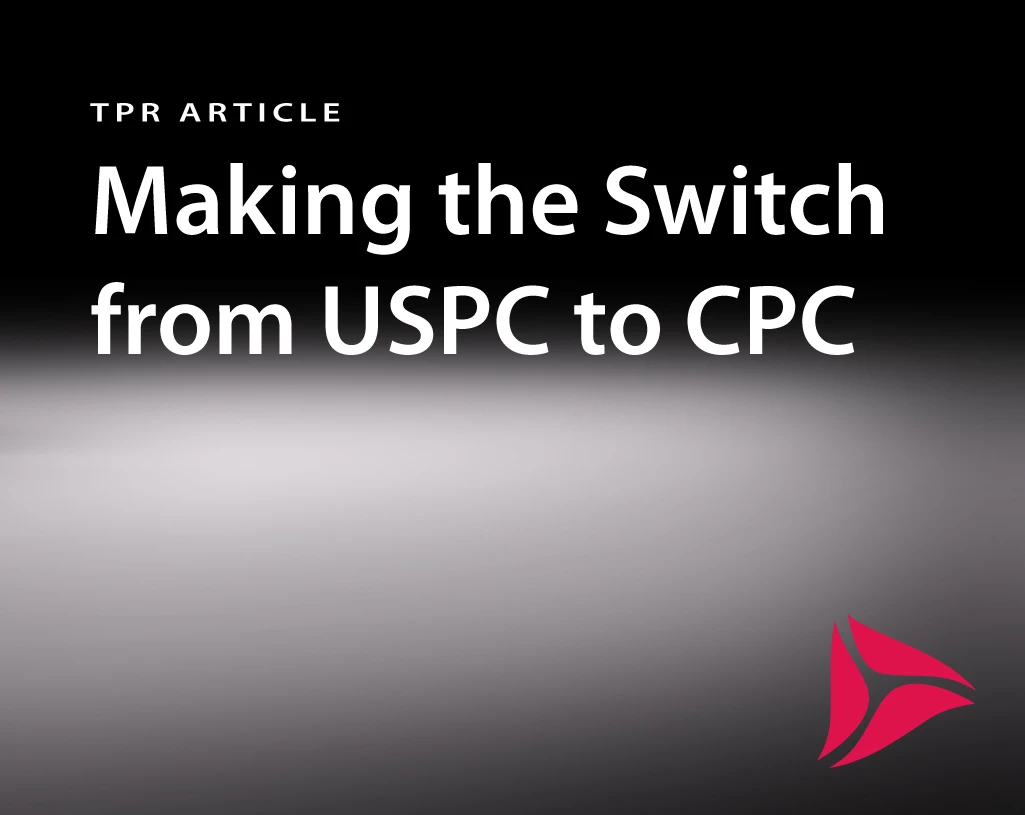The United States Patent Classification (USPC) was the official patent classification system used and maintained by the USPTO until January 1, 2013. The system was replaced with the Cooperative Patent Classification (CPC), a joint partnership between the USPTO and the EPO where the Offices agreed to harmonize their existing classification systems (ECLA and USPC, respectively) and migrate towards a common classification scheme.
In January 2015, after a gradual transition period, the USPTO stopped classifying new utility patents in the USPC structure altogether and began using only the CPC system. Plant and Design patents are not covered in the CPC system and will continue to be published with USPC codes.
The Objectives
The USPTO and EPO identify 2 main objectives of CPC:
1) Improving patent searching
2) Sharing resources
The Offices believe that the transition to CPC with a single harmonized classification system, having a similar structure to the International Patent Classification (IPC), but more detailed than IPC, will improve efficiency in patent searching. The joint system will enable a greater collaboration between the Offices meaning resources to be shared between the EPO and USPTO in order to classify documents, to revise the scheme as necessary, and to subsequently reclassify documents.
The Benefits
The USPTO and EPO anticipate great benefits of CPC for the applicant and the user community. On their joint website (www.CPCinfo.org) they outline the following expected benefits of CPC:
- Enhance examination efficiency;
- Improve access to more documents from patent offices around the world;
- Improve navigation and understanding of a single classification system;
- Facilitate worksharing on patent applications filed in multiple IP offices;
- Improve consistency of classified search results across IP Offices; and
- Provide adaptive and actively maintained classification schemes.
Important Information
- From January 2015 onwards all newly issued utility patents by the USPTO are being assigned CPC symbols (USPC codes have been retired)
- For US patent documents dating back to 1836, the USPTO has assigned CPC symbols via an electronic concordance system (although the degree of accuracy is yet unproven)
- For US patent documents from 1790 to December 2014 the USPC remains
- CPC will not replace the IPC; CPC symbols will be allocated in addition to the IPC
- Plant and design patents are not being classified in CPC and will continue to be published with USPC codes
- Other patent offices are adopting CPC including China and South Korea who are beginning to classify their own national documents using CPC. This means four of the five IP5 countries are now on board with the exception of Japan, who already has the well-developed Japanese File Index (FI) classification system.
What does this mean for Attorneys and Searchers?
- If your search includes US patent applications submitted to the USPTO after January 1, 2015 then USPC codes will not retrieve those documents.
- If your search includes US patent applications submitted to the USPTO before January 1, 2015 then consider broadening the search to include both USPC and CPC. For pre-2015 documents, USPC may still be a useful search tool.
- For granted patents between January 1, 2013 and December 31, 2014, CPC symbols may not show on the front pages and will instead only show the USPC codes. In the future, CPC symbols may be applied to these documents for document retrieval purposes.
- For documents that were entered into the USPTO system on or before December 31, 2014 but not published until January 1, 2015, searching both USPC and CPC is recommended.
- The USPTO has added CPC symbols to all its published documents going back to 1836. This was accomplished via an electronic concordance system and the degree of accuracy is yet unproven. Therefore, USPC still remains a useful way to examine older patent data.
- When searching CPC, best practice would be to take extra care to select all CPC classes that might apply. CPC classes have a more in-depth hierarchy than the old classification system and are therefore so specific that there can be two or three classes (or more), that could possibly cover one feature.
- Best practice also suggests looking at corresponding IPC’s using USPC-to-IPC Reverse Concordance as well as ECLA-to-CPC and CPC-to-IPC.
- A final consideration is statistical mapping tools that can be particularly useful for mapping from USPC to CPC.
© 2015, Technology & Patent Research International, Inc.


